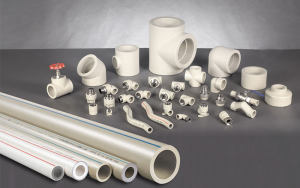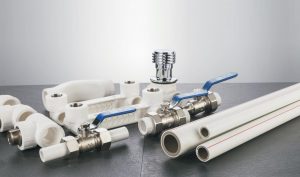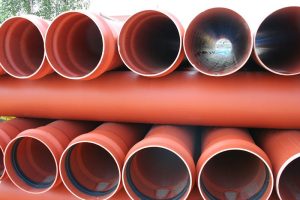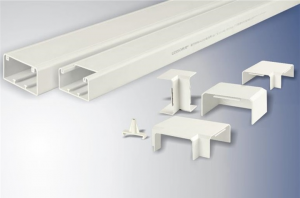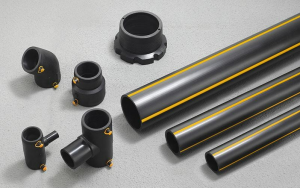When it comes to sewage treatment systems, the choice of piping material can significantly impact the efficiency, longevity, and reliability of the entire system. High-Density Polyethylene (HDPE) pipes have become a preferred choice for many applications, including sewage treatment. At LESSO, our HDPE pipes, the PE Water Supply Pipe, are designed to meet the rigorous demands of sewage treatment facilities. Let’s discuss the key reasons why you should choose LESSO’s HDPE pipes for your sewage treatment needs.
Long Service Life
One of the most compelling reasons to choose LESSO’s HDPE pipe is its long service life. Under proper use, our HDPE pipes can last for over 50 years. This exceptional longevity reduces the need for frequent replacements, leading to significant cost savings in maintenance and operational expenses.
– Durability in Harsh Conditions: HDPE pipes are resistant to corrosion and abrasion, making them ideal for the harsh environments often found in sewage treatment applications.
Use of Trenchless Technology
LESSO’s HDPE pipes are compatible with trenchless technology, which is a modern method of installing pipes without the need for extensive excavation. This technology offers several advantages:
– Reduced Disruption: Trenchless installation minimizes the impact on the surrounding environment and infrastructure, reducing disruption to roads, sidewalks, and existing utilities.
– Faster Installation: The trenchless method allows for quicker installations, which can significantly reduce project timelines and associated labor costs.
Various Joint Availability
LESSO’s HDPE pipes come with a range of jointing options to accommodate various installation needs:
– Socket Fusion Joint: This method involves heating the ends of two pipes and then joining them together, creating a strong and leak-free connection.
– Butt Fusion Joint: Similar to socket fusion, butt fusion joins two pipe ends by heating and pressing them together, resulting in a seamless and robust joint.
– Electro Fusion Joint: This technique uses electrofusion fittings that are heated by an electric current, allowing for a strong and durable connection between the pipe and fitting.
– Transition Joint: Transition joints enable the connection of HDPE pipes to other materials, offering versatility in system design.
Conclusion
Choosing LESSO’s HDPE pipe for sewage treatment is a decision that brings numerous benefits, including long service life, compatibility with trenchless technology, and various jointing options. Our HDPE pipes are engineered to withstand the challenges of sewage systems while providing reliable and efficient performance.
Invest in LESSO for your sewage treatment projects and experience the difference that high-quality HDPE pipes can make. Together, we can create more efficient and sustainable sewage treatment solutions for the future.



